As the world accelerates its transition to renewable energy, PV panels have emerged as a cornerstone of sustainable power generation. Yet, the true potential of solar energy lies not just in production but in efficient storage. This article explores groundbreaking advancements in solar storage technology, real-world success stories, and how systems like batteries and smart management are revolutionizing energy reliability.
Singapore’s Floating Solar Powerhouse
Singapore, a land-scarce nation, has unveiled one of the world’s largest floating solar farms, spanning 45 football fields. This 60 MWp project powers five water treatment plants using PV panels mounted on reservoirs. The system reduces carbon emissions by 32,000 tons annually (equivalent to removing 7,000 cars) and leverages water’s cooling effect to boost panel efficiency by 5–15%. Such innovations highlight how PV panels can thrive in unconventional spaces while integrating storage for round-the-clock energy supply.

Floating solar panels installed in Singapore's Tengger Reservoir
Key Innovations in Solar Energy Storage
Battery Breakthroughs
Lithium-ion batteries remain the go-to solution for storing excess solar energy. However, advancements like SMA’s Sunny Central Storage UP inverters enable rapid charging/discharging and grid stabilization, ensuring stored energy from PV panel is dispatched efficiently during peak demand. For instance, Australia’s Tesla-backed 100 MW/129 MWh battery array in South Australia reduces solar curtailment by 76% while stabilizing the grid.
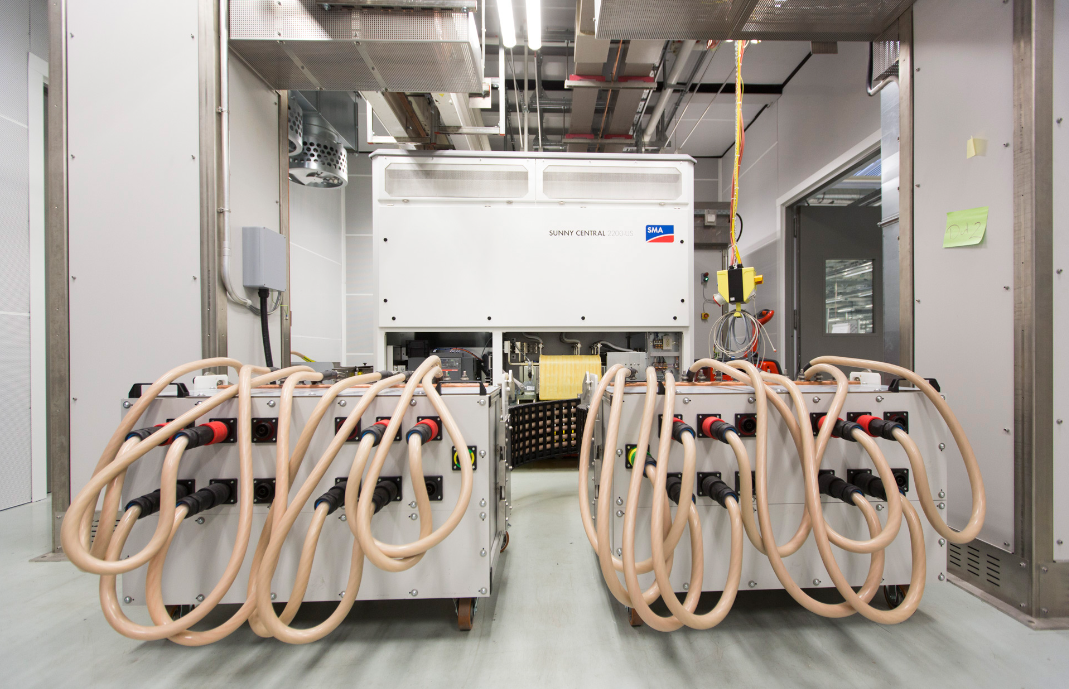
SMA Test Center
Hybrid Storage Systems
Researchers in Sweden and Spain have developed a hybrid PV panel-storage unit combining silicon solar cells with molecular solar thermal (MOST) technology. This system stores energy chemically, reduces panel temperatures by 8°C, and achieves a record 14.9% total solar utilization—all without relying on rare materials like lithium.
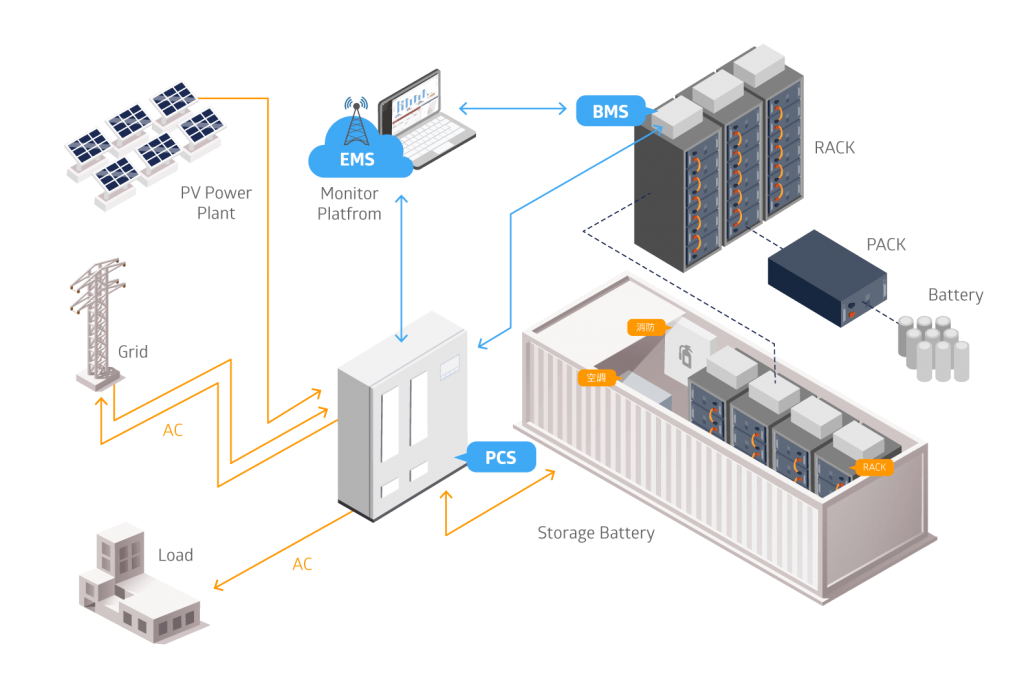
Common topology diagrams of energy storage systems
Smart Energy Management
AI-driven systems, such as Attentive Convolutional Deep Reinforcement Learning (AC-DRL), optimize real-time energy trading for solar-storage systems. Trials show a 23% revenue increase by aligning battery use with market prices and solar generation patterns. Residential setups also benefit: Particle Swarm Optimization (PSO) algorithms reduce daily energy costs by 20% by balancing PV panels output, storage, and grid interactions.
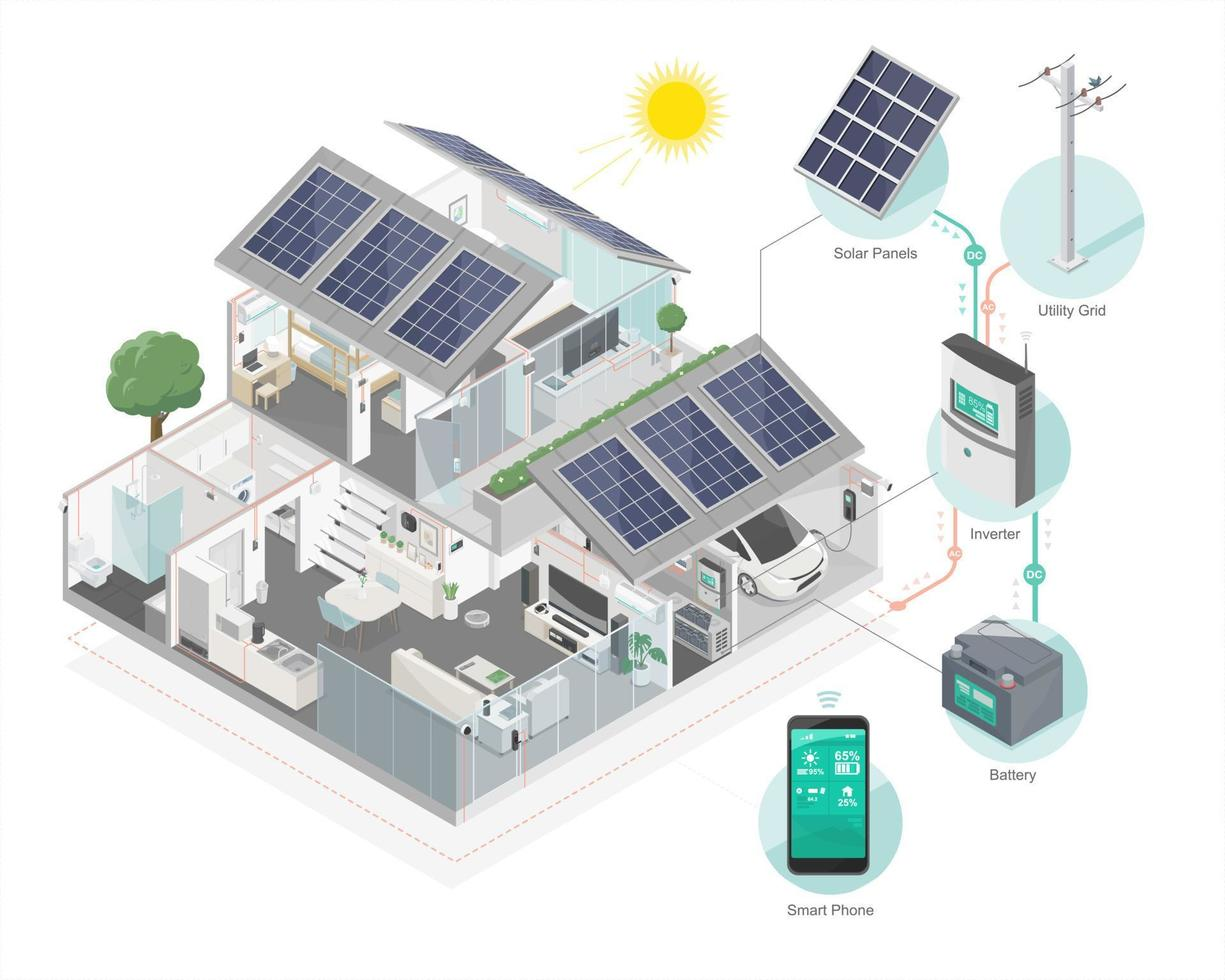
Smart Home Setup
Zero-Carbon Buildings and Grid Independence
The “PV-Storage-DC-Flexibility” (PEDF) model is redefining urban energy systems. By integrating PV panels, DC microgrids, and adaptive storage, buildings can shift from rigid power consumers to flexible “prosumers.” For example, China’s JSAD Institute highlights how DC systems reduce conversion losses and enable seamless renewable integration, slashing transformer capacity needs by 30%. Meanwhile, Australia’s $143 million community battery initiative aims to deploy 370 storage units, empowering neighborhoods to share solar energy efficiently.
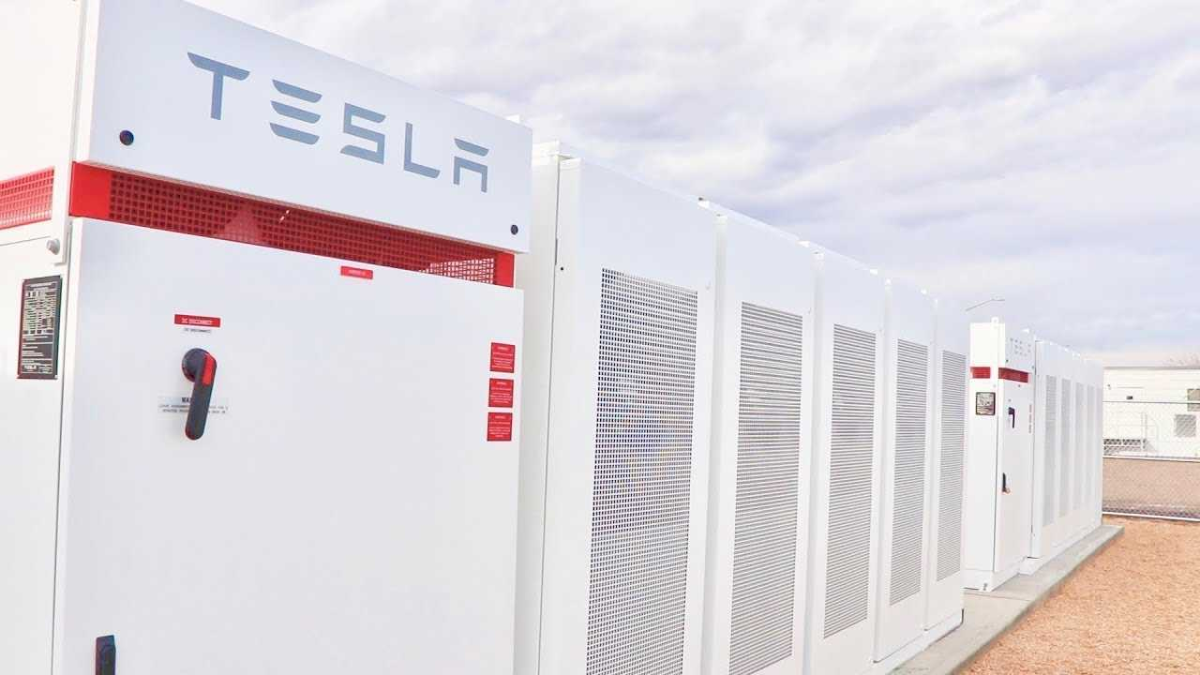
Tesla’s Powerpack installation in South Australia
Why Solar Storage Matters Now
With climate goals tightening, the synergy between PV panels and storage is critical. As battery costs drop and efficiency rises, solar systems are becoming self-sustaining. For homeowners, this means lower bills and backup power; for industries, it ensures stable operations amid fluctuating energy markets.
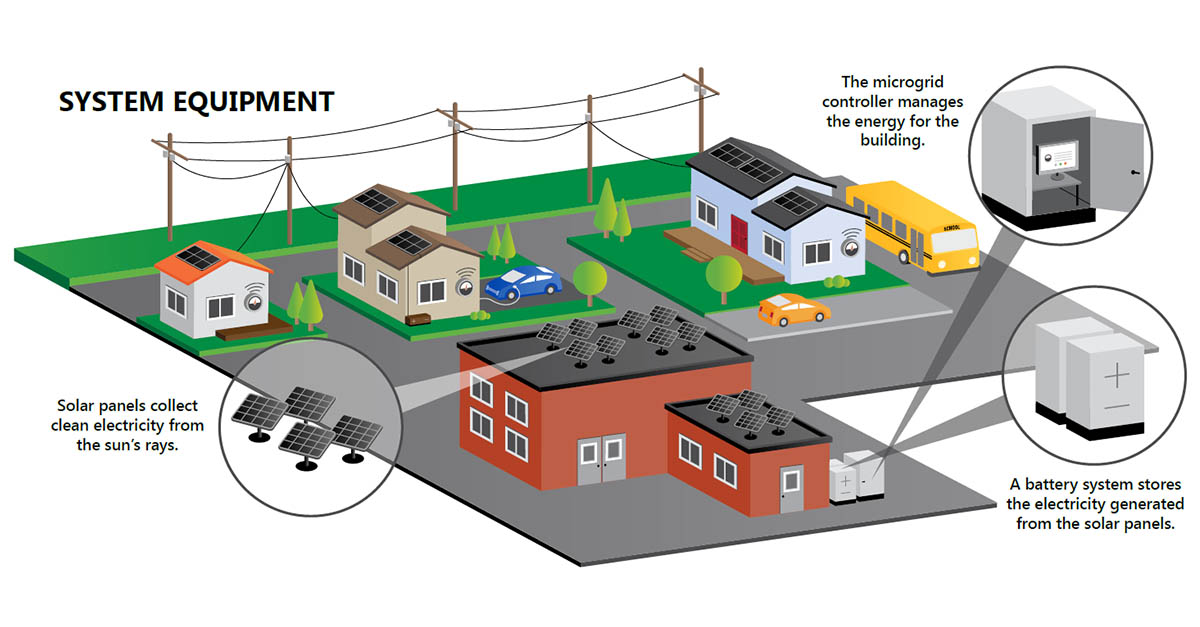
DC Microgrid Schematic
From floating solar farms to AI-optimized storage, PV panels are no longer just energy generators—they’re the heart of resilient, smart grids. By investing in storage innovations, we unlock solar’s potential, paving the way for a zero-carbon future.